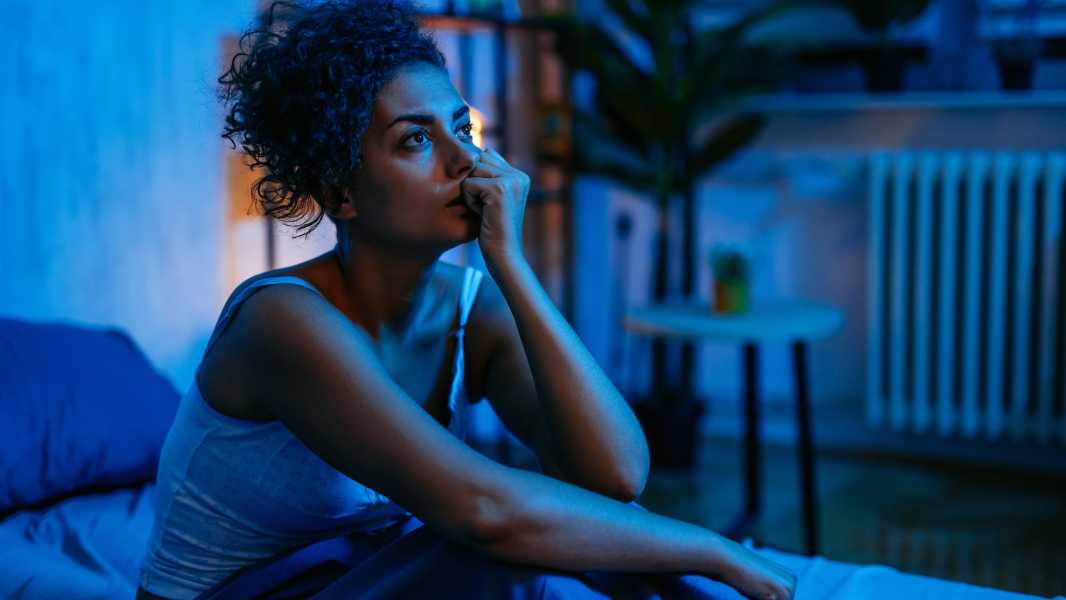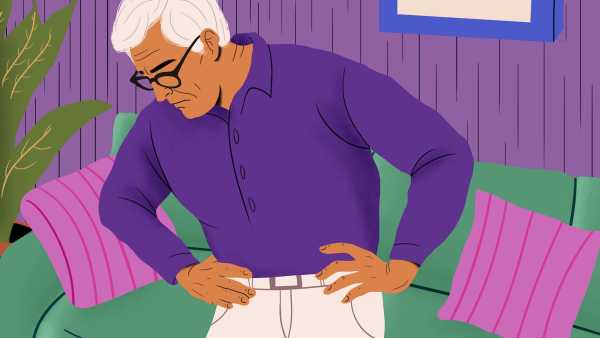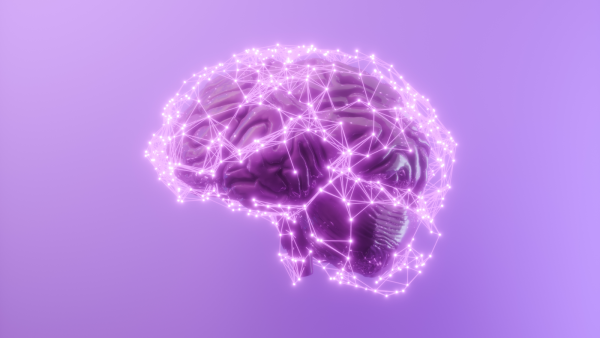
Sometimes, before falling asleep, people experience an unexpected surge of energy, which is also called a second wind.
After a tiring day, you expect to feel tired by the time you go to bed. But sometimes the opposite happens: instead of relaxing, you experience a sudden surge of energy, making sleep seem distant.
But what is behind this second wind?
Part of the answer lies in circadian rhythms, roughly 24-hour cycles that are largely regulated by a part of the brain known as the hypothalamus. For example, the circadian rhythm helps control when we feel awake or sleepy. Within this sleep-wake cycle, there is a period after sunset called the “wake maintenance zone” or “evening second wind,” when energy levels increase significantly.
That's because the body's wakefulness signals remain relatively high, while sleep-promoting signals like the hormone melatonin aren't yet fully activated, Roxanne Prichard, a professor of psychology with a background in neuroscience at St. Thomas University in St. Paul, Minnesota, told Live Science in an email.
From an evolutionary perspective, this burst of energy may have helped our ancestors perform important tasks, such as “making dinner and making sure the sleeping area was safe,” Prichard said.
Typically, the wake maintenance zone lasts for several hours, but its exact duration varies from person to person, Pritchard noted. For night owls, the zone may last longer than for early birds, who may experience a shorter burst of energy and find it easier to fall asleep early.
While the pre-sleep energy surge is a normal part of the circadian rhythm, mental health and lifestyle factors can increase its occurrence.
“Anxiety, working late into the evening, using social media, or participating in vigorous activities can trigger the release of stress hormones like cortisol and adrenaline, which increases alertness,” Dr. Chris Allen, a board-certified sleep physician and sleep science consultant at Aeroflow Sleep, a sleep apnea treatment equipment company, told Live Science in an email.
Spending time in front of a screen before bed can further impair sleep quality by delaying the onset of drowsiness. Research shows that the blue light emitted by electronic devices suppresses the production of the hormone melatonin. This essentially tricks the brain into thinking it’s still daytime, Allen explained.
Another common cause of pre-bedtime energy spikes is “vindictive procrastination,” a concept Lena Müller defined in her master’s thesis as “an attempt to purposefully find some free time in a day filled with commitments by postponing sleep.” People often engage in active mental activity during this time, which tends to increase their alertness, Allen added.
For those experiencing a second wind, Pritchard suggested embracing that surge of energy rather than fighting it. “Getting things done can actually help you fall asleep later in the evening, as stress reduction occurs with light to moderate exercise or by directly confronting stressors,” she noted.
However, she recommended keeping lighting to a minimum during these activities. Two small studies from 2012 and 2019 suggested that warm, reddish light may improve melatonin levels and sleep quality, and help your internal circadian clock sync with external time cues, compared with bluer light. However, larger studies are needed to confirm this theory. Some experts argue that red light is less disruptive to sleep than other types of light, but it doesn’t necessarily promote sleep.
Alternatively, to minimize the second wind rather than wait it out, you can try a few strategies:
First, stick to a regular sleep schedule. “Going to bed and waking up at the same time every day helps regulate your body’s internal clock and reduces episodes of second wind,” Allen said. This is also backed up by research. Also, limiting exposure to light before bed is key, he added.
Creating a relaxing ritual before bed can also help signal your brain that it's time to unwind; this happens because the body's sleep-wake cycle is regulated by
Sourse: www.livescience.com





